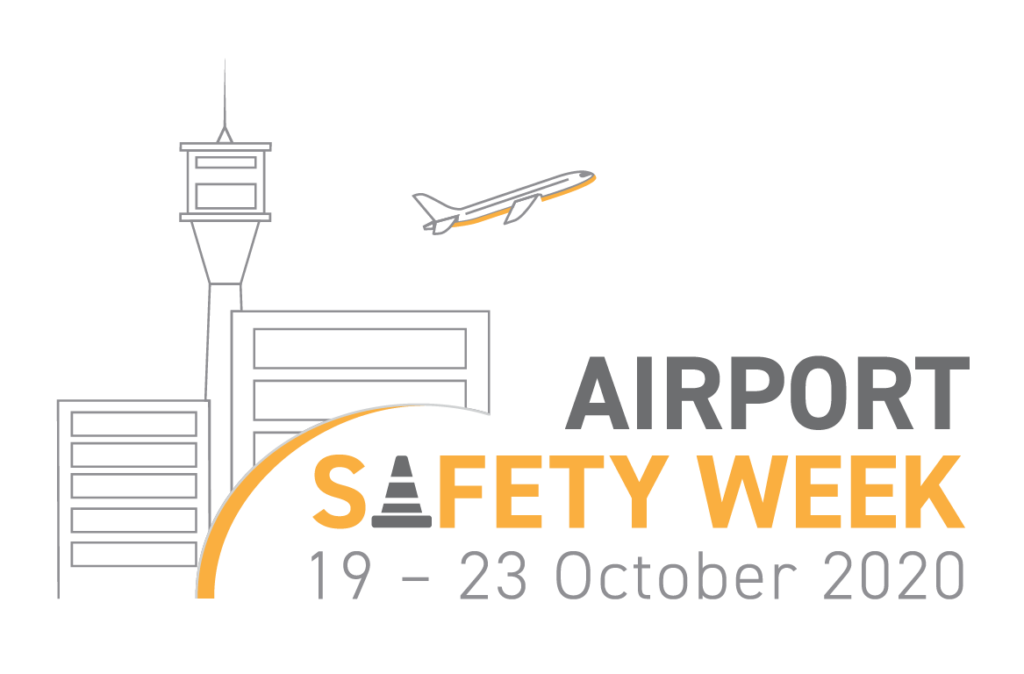COVID-19 safety measures for airport workers and customers was top of the list for discussion at this year’s Airport Safety Week, a collaboration between the Australian Airports Association and the NZ Airports Association.
Delegates reinforced the need for airport businesses to continue to implement review and control measures to actively control against COVID-19 and deal with outbreaks if they occur. Key to this is the use of technologies such as contactless check-in kiosks, mobile dynamic wayfinding, virtual queuing and new applications of biometrics to enhance security and improve customer experience.
Rob Sapitowicz, Director of Marketing at Collins Aerospace, says technologies can help alleviate customer pain points around comfortably returning to air travel by minimising interactions with airport staff and crowds and ensuring they receive better safety information.
“People don’t want to be exchanging documents like boarding passes with other people,” says Sapitowicz. “They want a safe environment to get through the airport, get onto the aircraft and get to their destination and home again.
“Optimising the flow of passengers, reducing the time they have to stand in lines … technologies can start to attack these problems.”
The benefits of understanding critical incident methodologies formed the basis of discussions regarding command, leadership and decision-making. One webinar presenter, serving Queensland police officer and Principal Consultant at Shepherd Consulting Services, Karl Hahne, says: “One of the key benefits of understanding critical incident methodologies is an increased ability to better collaborate with emergency services, such as police, when an incident does occur.”
Hahne says the 2020 COVID-19 pandemic provided an important lesson for critical incident leaders to “expect the unexpected” in their planning.
“When the COVID incident commenced, from a policing perspective, we thought it would be a light touch for us,” he explains. “However, as each week went by and we started quarantining with hotels, embedding quarantining with joint airport security, we suddenly realised that this event was starting to reach its tentacles out to us.
“It’s the same with airports, ports or any critical piece of infrastructure. Sometimes it’s not by an organisation’s own doing, but they are sucked into the vortex of a critical incident for which they need to be prepared.”
While CASA, Australia’s Civil Aviation Authority, requires some certified aerodromes to have a Safety Management System (SMS) or Risk Management Plan (RMP), it is just a recommendation for others. The scope and implementation of these safety plans can vary among individual businesses.
Mark Roberts, Safety Performance Management Specialist at CASA, says aerodromes benefit when they implement SMS and RMPs above and beyond the regulatory requirements. “It can position the aerodrome for future operations that may expand the business, and it can make it easier for the 450 air charter operators transitioning to be Air Transport Operators (under CASR Part 119) to consult aerodromes about Aerodrome Emergency Procedures,” he adds.














